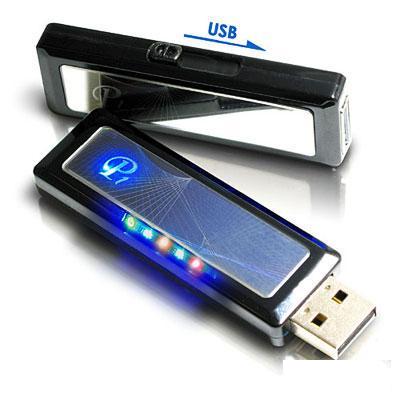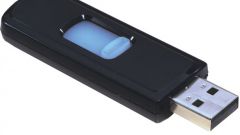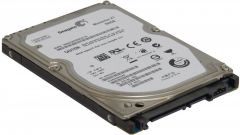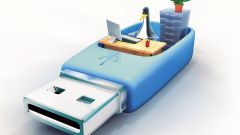You will need
- computer, flash drive, minimum knowledge of computer and WINDOWS operating system
Instruction
1
First make sure your computer and operating system it is in the normal operating state, because up to 90% of all problems with the speed of the stick can be linked to this. If necessary, reinstall the system, pay special attention to installing drivers for USB 2.0 as they are also depends on for proper operation the external storage device. After that, enter the BIOS, the "USB Configuration" and activate the item "USB 2.0 Controller", selecting "enabled", a new item "USB 2.0 Controller Mode" to select "FullSpeed" (or "HiSpeed"). The flash drive will work as fast as possible.
2
Make sure that the resources of the computer are not working a full load, as this also affects the speed of the flash drive to do this, press ctrl+alt+del and view the readings of CPU and RAM. It is possible that the resources of the computer "eats" the virus, also a reviewer, and any transactions conducted with the drive whether recording or reproduction, consequently slowing down the speed of its work, or some other program or virus.
3
If with computer hardware and software all right, eliminate possible defects in the file system of the flash drive, check it for errors: log in to the properties of the stick", "tools", and click "run test", select the boxes available for the items in the opened window. Also try to format the flash drive in standard mode, clicking the right-mouse button and selecting the appropriate menu item.
4
Change the file system of the USB drive to NTFS, the most reliable and fault-tolerant file system today, sometimes it increases the speed of work especially with flash drives large capacity when working with large files. When formatting increase the size of the cluster in the flash memory, since the larger the cluster size, the higher the speed of recording/reading when working with flash memory. To do this, locate the tab "execute" in menu "start", type "cmd" in the opened command prompt window type the command after a space: Format X: /FS: Y /A: Z (where "X" is the disk volume "Y" - file system: FAT , FAT32, NTFS, Z cluster size). Instead of X type the volume label of a drive (G, F, etc.), instead of "F" write the name of the file system (FAT , FAT32, NTFS), and the place Z select the cluster size (default is 4K, to a maximum of 64K.
Note
the author assumes no responsibility for the consequences recommended in the article and doesn't warrant her lack of false information and errors.




